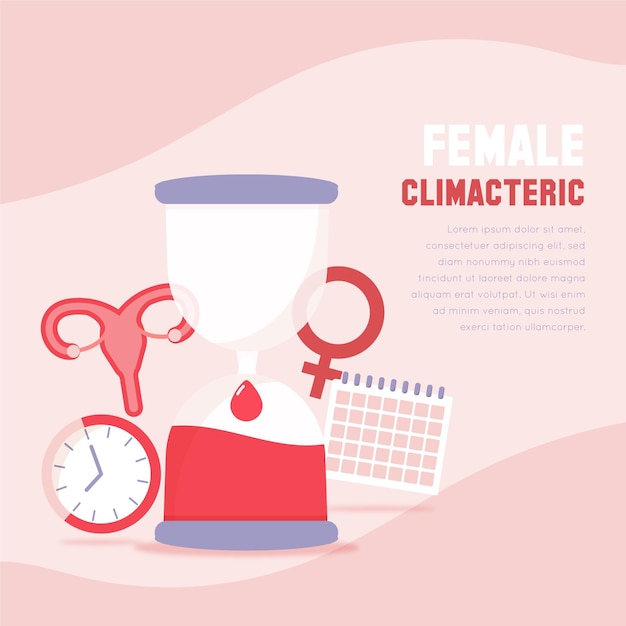
Implantation bleeding happens when a fertilized egg attaches to the lining of the uterus, potentially breaking small blood vessels in the process. This is often an early sign of pregnancy, but not all pregnancies involve implantation bleeding, and some women may not even notice it.
This type of bleeding typically occurs just before a woman’s expected period, which can sometimes cause confusion. Many women mistake it for their regular period, but there are clear differences between the two. Implantation bleeding is usually lighter in both color and flow, and it doesn’t last as long as period bleeding.
For some women, this light bleeding may be the first indicator of pregnancy, even before a home pregnancy test can confirm it. However, it’s always a good idea to consult a doctor for confirmation and medical guidance.
### When Does Implantation Bleeding Happen?
During conception, sperm fertilizes an egg, creating what is known as an embryo. This embryo moves through the fallopian tube toward the uterus, where it needs to implant itself into the uterine wall. This implantation process can cause minor bleeding as small blood vessels break.
Implantation bleeding usually happens 5 to 10 days after conception, which is approximately a week after ovulation and a few days before your expected period. The blood may appear light pink, reddish, or brown. The body automatically heals the affected blood vessels, and after implantation, the embryo remains in that location for the rest of the pregnancy.
Some women may mistake this early bleeding for an unusually light or early period and remain unaware they’re pregnant. Implantation bleeding happens most commonly within a week of a woman’s expected period but rarely occurs outside this timeframe.
### What Does Implantation Bleeding Look Like?
Implantation bleeding looks different from regular period bleeding. While it varies for every woman, the flow is generally much lighter. Some women have heavier or unpredictable periods, but in general, period blood is heavier in flow, while implantation bleeding is more like spotting and can range from light pink to brown.
The color of the blood can also change depending on how long it takes to exit the body. Fresh implantation bleeding may appear light or dark red, while older blood may look brown. If there are other vaginal discharges mixed in, the blood could appear pink or orange.
It’s helpful to track details like the color, frequency, and consistency of the bleeding to share with your doctor. Heavy bleeding or clotting isn’t associated with implantation bleeding and could signal other issues, such as a miscarriage, requiring immediate medical attention.
### How Long Does Implantation Bleeding Last?
Implantation bleeding typically lasts anywhere from a few hours to three days. Women experiencing their first pregnancy might be more likely to notice this symptom, but those in subsequent pregnancies may not, as their bodies are more accustomed to the embryo-implantation process.
Although it’s normal, light, and short, implantation bleeding occurs around 10 to 14 days after conception—very close to the time of a missed period. Light spotting can also happen at the onset of a regular period, but there are key differences that help distinguish between the two.
### How to Tell Implantation Bleeding Apart From a Period
Here’s how implantation bleeding differs from period bleeding:
**1. Duration:**
Implantation bleeding is brief, lasting a few hours to up to three days. Periods usually last longer—around three to seven days, depending on the individual.
**2. Color:**
Implantation bleeding is typically light pink, brown, or rust-colored, while period blood is usually a brighter or darker red.
**3. Consistency:**
Implantation bleeding is spotty and inconsistent. It might start, stop, and start again lightly until it ends, with no visible clots. Menstrual blood tends to flow more consistently and can become heavier as the period progresses, sometimes including clots.
**4. Cramping:**
Cramping with implantation bleeding is usually mild and brief, caused by the embryo attaching to the uterine lining. With periods, cramps often start before the bleeding and can get more intense, lasting for several days.
**5. Clotting:**
Clotting is common with period bleeding but is not seen with implantation bleeding. If you experience clotting, it’s likely a regular period.
**6. Use of Pads or Tampons:**
Implantation bleeding is so light that pads or tampons usually aren’t needed, while menstrual bleeding requires regular changing of pads or tampons due to a heavier, more consistent flow.
If you notice bleeding lasting more than a few days or requiring frequent pad or tampon changes, it’s likely a period rather than implantation.
### When Should You See a Doctor?
Even though implantation bleeding is normal and not harmful, it’s always wise to consult a doctor early in your pregnancy to confirm whether symptoms point to pregnancy or something else. Abnormal bleeding outside the usual period can indicate deeper issues, so it’s best to seek professional advice.
If you experience unusually heavy bleeding, clots, or significant pain, contact a doctor immediately. These symptoms could indicate something other than implantation bleeding, such as early-stage miscarriage, ectopic pregnancy, or other complications related to your reproductive health.
Once you’ve confirmed pregnancy with a home test, it’s also important to see a doctor for prenatal care. Heavy or unusual bleeding during pregnancy could be caused by issues like infections, cervical changes, or serious conditions like ectopic or molar pregnancies, which may require urgent medical care.
Early consultation will ensure proper guidance and care for the health of both the mother and the baby, helping to mitigate risks and address complications effectively.
### Final Thoughts
Implantation bleeding is often the first sign that your pregnancy journey has begun. While it is typically harmless, don’t jump to conclusions without consulting a doctor. Only a healthcare professional can confirm whether you’re pregnant or if the symptoms point to other underlying issues. By seeking early advice, you’ll ensure a safe and healthy pregnancy ahead.